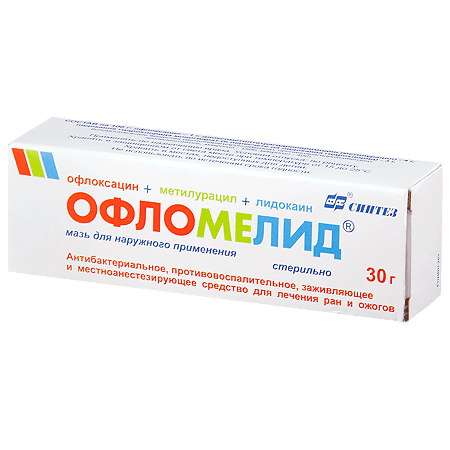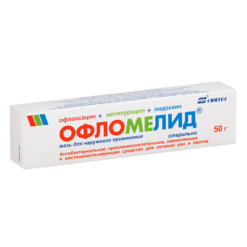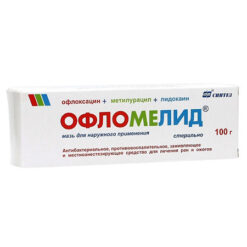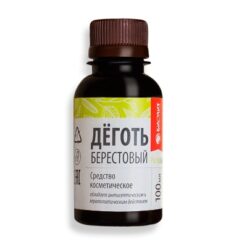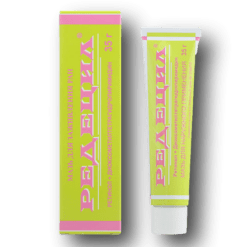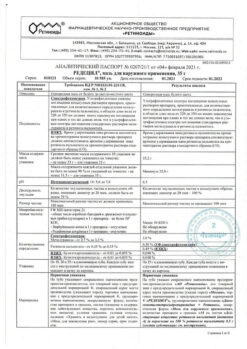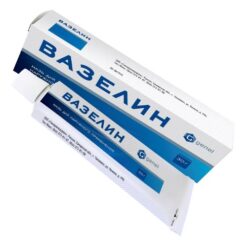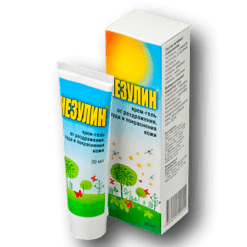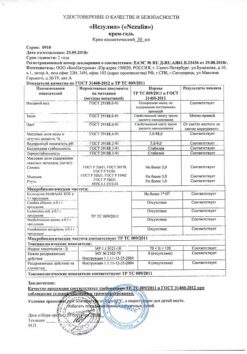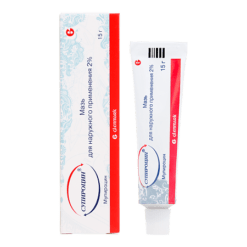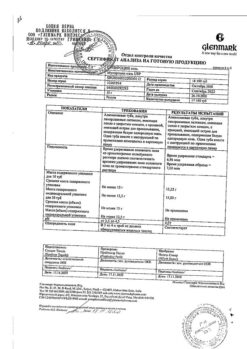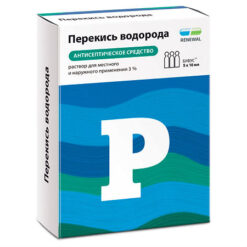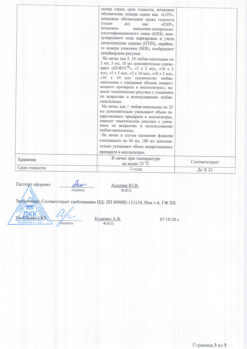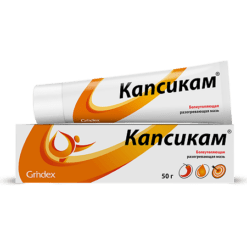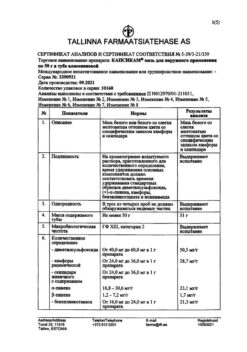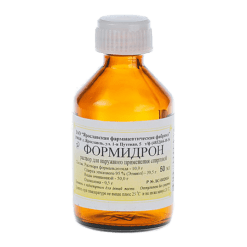No products in the cart.
Oflomelid, ointment 30 g
€8.67 €7.59
Description
Oflomelide has antimicrobial, anti-inflammatory, local anesthetic, regenerating effect.
Ofloxacin is a broad-spectrum antimicrobial agent of the group of fluoroquinolones. It has a bactericidal effect due to blockade of DNA-gyrase in bacterial cells. Highly active against Gram-positive microorganisms: Staphylococcus spp. (including Staphylococcus aureus, Staphylococcus epidermidis), Streptococcus spp.; Gram-negative microorganisms: Pseudomonas aeruginosa, Acinetobacter spp, Escherichia coli, Klebsiella spp., Proteus spp., Enterobacter spp., Citrobacter spp.; Anaerobes: Propionibacterium acnes;intracellular microorganisms: Chlamydia spp. (including Chlamydia trachomatis), Legionella spp., Mycoplasma spp.
Methyluracil is a tissue repair stimulator. It has anabolic activity. It accelerates the processes of cellular regeneration in wounds, accelerating growth and granulation maturation of tissue and epithelialization.
Lidocaine has a local anesthetic effect due to blockade of sodium channels which prevents generation of impulses in the endings of sensitive neurons and conducting impulses along the nerve fibers. When used externally it dilates blood vessels and has no local irritating effect.
The water-soluble hydrophilic (hyperosmolar) base of the ointment is the mixture of polyethylene oxides (polyethylene glycols) with molecular weight 400 and 1500 which provide the dehydrating (moisture-absorbing) effect on the tissue 20 times higher in strength than the 10% sodium chloride solution.
Indications
Indications
Infected purulent wounds of various localization and etiology in the first (purulent-necrotic) phase of the wound process, incl. accompanied by severe pain:
infected burns of II-IV degree;
bedsores;
trophic ulcers;
postoperative and post-traumatic wounds and fistulas;
wounds after opening abscesses, phlegmons, after surgical treatment of abscessed boils, carbuncles, hidradenitis, festering atheromas, lipomas.
Pharmacological effect
Pharmacological effect
Oflomelid has antimicrobial, anti-inflammatory, local anesthetic, and regenerating effects.
Ofloxacin is a broad-spectrum antimicrobial agent from the group of fluoroquinolones. It has a bactericidal effect by blocking DNA gyrase in bacterial cells. Highly active against gram-positive microorganisms: Staphylococcus spp. (including Staphylococcus aureus, Staphylococcus epidermidis), Streptococcus spp.; gram-negative microorganisms: Pseudomonas aeruginosa, Acinetobacter spp., Escherichia coli, Klebsiella spp., Proteus spp., Enterobacter spp., Citrobacter spp.; anaerobes: Propionibacterium acnes; intracellular microorganisms: Chlamydia spp. (including Chlamydia trachomatis), Legionella spp., Mycoplasma spp.
Methyluracil is a tissue repair stimulator. Has anabolic activity. Accelerates the processes of cellular regeneration in wounds, accelerating the growth and granulation maturation of tissue and epithelization.
Lidocaine has a local anesthetic effect due to the blockade of sodium channels, which prevents the generation of impulses in the endings of sensory neurons and the conduction of impulses along nerve fibers. When used externally, it dilates blood vessels and does not have a local irritating effect.
The water-soluble hydrophilic (hyperosmolar) base of the ointment is a mixture of polyethylene oxides (polyethylene glycols) with a molecular weight of 400 and 1500, providing a dehydrating (moisture-absorbing) effect on tissue that is 20 times stronger than the hyperosmotic effect of a 10% sodium chloride solution.
Special instructions
Special instructions
Before use, you should consult a specialist.
Active ingredient
Active ingredient
Dioxomethyltetrahydropyrimidine, Lidocaine, Ofloxacin
Composition
Composition
Active ingredients:
ofloxacin 10 mg;
dioxomethyltetrahydropyrimidine (methyluracil) 40 mg;
lidocaine hydrochloride (in the form of monohydrate) 30 mg;
Excipients:
macrogol 1500 (polyethylene oxide 1500, low molecular weight polyethylene glycol 1500),
macrogol 400 (polyethylene oxide 400, low molecular weight polyethylene glycol 400),
propylene glycol,
methyl parahydroxybenzoate (nipagin or methylparaben),
propyl parahydroxybenzoate (nipazole or propylparaben)
Pregnancy
Pregnancy
Oflomelid is contraindicated in children under 18 years of age, pregnant women and lactation.
Contraindications
Contraindications
pregnancy;
lactation period;
children and adolescents up to 18 years of age;
hypersensitivity to the components of Oflomelid.
Side Effects
Side Effects
Possible: allergic reactions.
Interaction
Interaction
There were no cases of interaction with drugs that would lead to a decrease in the effectiveness and safety of the drugs used.
Storage conditions
Storage conditions
In a place protected from light, at a temperature of 15–25 °C
Shelf life
Shelf life
2 years
Manufacturer
Manufacturer
Sintez, Russia
Additional information
| Shelf life | 2 years |
|---|---|
| Conditions of storage | In a light-protected place at 15-25 °C |
| Manufacturer | Sintez OAO, Russia |
| Medication form | topical ointment |
| Brand | Sintez OAO |
Other forms…
Related products
Buy Oflomelid, ointment 30 g with delivery to USA, UK, Europe and over 120 other countries.

